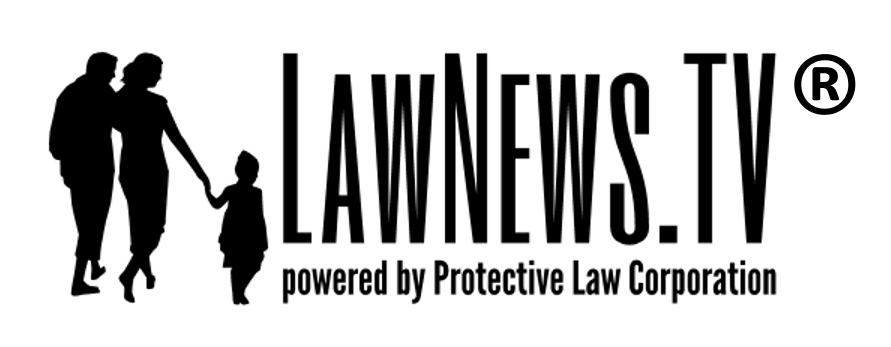Assets, liabilities, and equity are accounting terms that every small business owner should be familiar with. They are included on a business’s balance sheet, providing a snapshot of financial health.
A balance sheet shows a company’s assets and liabilities at a given time and how money is flowing in and out of the business. This information is useful to owners, lenders, and investors as a decision-making tool.
Only C corporations are required by the Internal Revenue Service (IRS) to complete a balance sheet as part of their annual tax return; but preparing a balance sheet at the end of every month or quarter—or at least once per year—is an essential part of running a business.
Assets, Liabilities, and Equity on a Balance Sheet
The balance sheet equation states that a company’s assets must equal its liabilities and equities: Assets = Liabilities + Equities.
Assets are resources that a business owns. They represent current or future economic value. Liabilities are debts that a business owes. Equity is the amount left over when the total liabilities are subtracted from the total assets.
Assets
An asset is a positive on the balance sheet because it generates, or has the potential to generate, income for a business. Assets can be broken down into current, noncurrent, and investment assets.
- Current assets are short-term assets that can be converted into cash (i.e., liquidated) within the next year, such as inventory, outstanding invoices, cash, and cash equivalents.
- Noncurrent assets are long-term assets that a company does not expect to convert into cash in the short-term, including production equipment, intellectual property, and real estate.
- Investment assets have the potential to generate profits or consistent income for a company. Rental property, mutual funds, stocks, and savings accounts are examples of investment assets.
In addition, assets can be divided into tangible or intangible assets. Tangible assets are physical items such as equipment, inventory, land, buildings, and supplies. Patents, investments, stocks and bonds, and trade names fall into the category of intangible or nonphysical assets.
Liabilities
Liabilities are a negative on the balance sheet because they represent money that the company owes to others. Like assets, liabilities can be categorized as current and noncurrent, depending on when they are due.
- Current liabilities are any debts due within a year. They include accounts payable, debt financing, rent and utility payments, and payroll.
- Noncurrent liabilities are debts due in more than a year, such as deferred compensation and loans paid in increments.
Obligations to provide goods or services in the future can also be liabilities. Current liabilities plus long-term liabilities amount to a company’s total liabilities.
Equity
After the value of all assets is calculated and the value of all liabilities is subtracted, the amount that is left over is equity.
Equity measures the amount of money that a business’s investors would receive if the business liquidated its assets and paid off its liabilities. For a small company such as a sole proprietorship or limited liability company, this amount is referred to as owner’s equity. Larger companies structured as corporations may refer to it as shareholder or stockholder equity.
Owner’s equity in a sole proprietorship represents the amount of cash and property the owner has invested in the business and the business’s earnings over time, minus any withdrawals. Shareholder equity in a corporation generally represents the value of corporate stock and undistributed amounts (retained earnings).[1]
Equity is not always positive. If a business’s liabilities are greater than its assets, equity will be negative.
Why Balance Sheets Are Important to Small Businesses
Balance sheets help business owners understand the financial health of their business. Increasing equity is a sign that the business is doing well. Declining equity could mean that it is time to make changes. For instance, business owners could decide to pay off debts to reduce liabilities on the balance sheet. The balance sheet can also provide data crucial for tax calculations, such as asset depreciation and labor costs.
Owners are not the only ones who might look at the balance sheet. Lenders, investors, and buyers may also look at it when assessing a company’s financial position.
A balance sheet, however, is only as accurate as the information and calculations used to generate it. Attention to detail is paramount in accounting. Mistakes can create an inaccurate picture of the business’s finances, leading to compounding distortions and bad forecasting.
You do not have to be a professional accountant to understand business assets, liabilities, and equity. However, you may want to consult with an accounting professional who can create balance sheets for your business. An accountant can also audit a balance sheet, prepare income and cash flow statements, and assist with tax preparation, securing funding, succession planning, growth strategies, and more.
We assist small businesses with legal services and can refer you to reputable, local certified public accountants we have previously worked with. Call or contact us if you would like to set up a consultation.
[1] Barbara Weltman, 5 Things to Know About Your Balance Sheet, Small Bus. Admin. (Sept. 19, 2019), https://www.sba.gov/blog/5-things-know-about-your-balance-sheet; Tim Stobierski, How to Read & Understand a Business Sheet, Harvard Bus. Sch. Online (Apr. 2, 2020), https://online.hbs.edu/blog/post/how-to-read-a-balance-sheet.







